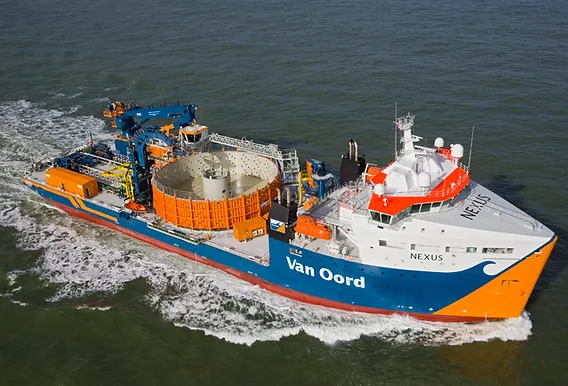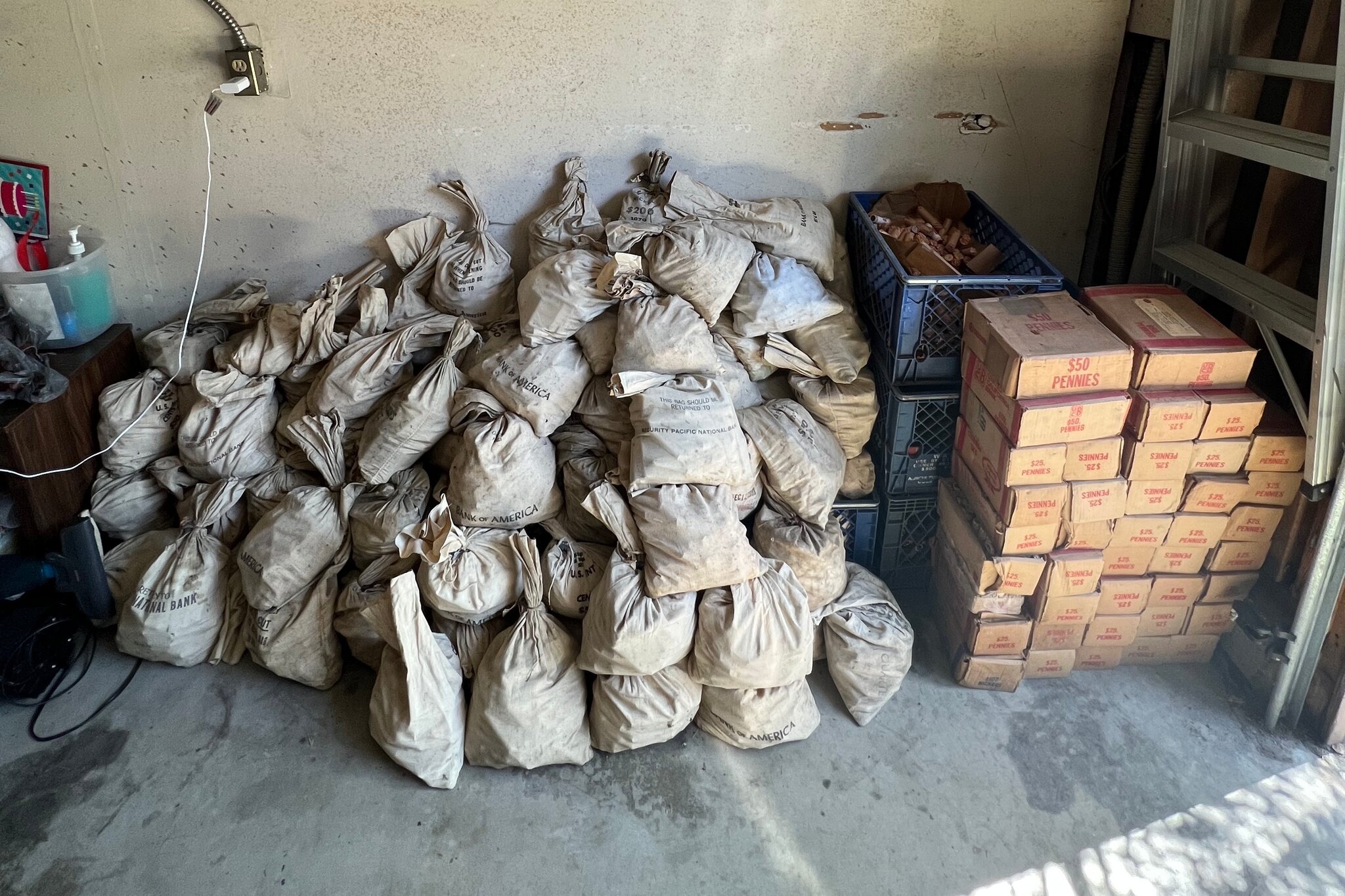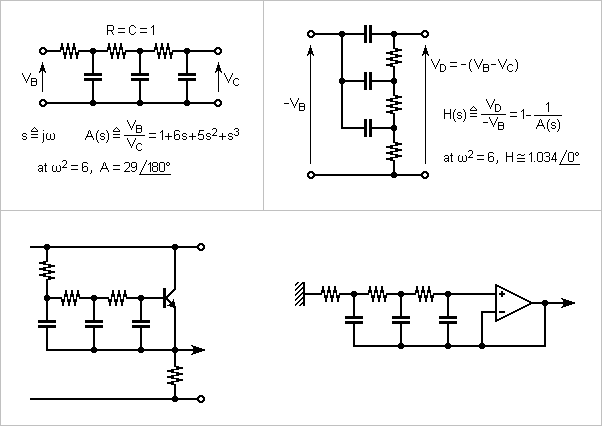Introduction:
A cable layer plays an essential position in the installation and preservation of cable networks, ensuring that the cords that energy communications and infrastructure techniques are safely and effectively placed. Whether you’re a new comer to the or seeking to find out about the job, that extensive manual will walk you through all you need to understand concerning the position of a wire layer. We’ll discover the skills expected, the kinds of tasks cable lay usually focus on, and why they’re needed for the current world.
What Is a Cable Layer?
A cable layer is really a specialized skilled in charge of sleeping cords, frequently found in telecommunications, internet services, and electrical power systems. These cords are essential for linking various devices and infrastructure in properties, companies, and cities, creating the cable layr’s position essential in ensuring that conversation networks and electrical grids purpose smoothly.
The Importance of Cable Layers in Modern Infrastructure
The work of a wire layer influences everything from your web pace to the ability techniques in your area. Without qualified cable laers, it could be difficult to produce the huge internet of connection that individuals rely on daily. Wire layers are essential for:
- Telecommunications Infrastructure: Linking networks of phone lines and internet cables.
- Energy Methods: Installing high-voltage cords that source power to properties and businesses.
- Wise Town Projects: Utilizing wiring techniques for new technological developments like wise cities.
What Skills Are Required to Become a Cable Layer?
Becoming a effective cabe layer doesn’t just need complex skills; additionally, it demands a heavy comprehension of protection standards and working conditions. Here are some crucial skills that every ambitious cabl layer must give attention to:
- Bodily Stamina: Wire sleeping frequently requires outdoor perform, sometimes in severe weather situations, which needs good bodily strength.
- Complex Proficiency: Knowledge various cable forms and how to precisely deploy and connect them.
- Safety Attention: Working with electrical cords and undercover infrastructure ensures that cable layers must follow strict protection protocols to prevent accidents.
- Problem-Solving Skills: Sometimes cords must be directed through difficult terrain, requiring fast considering and adaptability.
Types of Projects Cable Layers Work On
Wire layers are involved in a number of tasks, from small residential cable installations to large-scale professional or professional cable systems. Let’s break down the kinds of tasks wherever cable layers are essential most.
- Residential Projects:
Cable layers might focus on tasks that involve sleeping internet cords or phone lines for new properties or residential complexes. - Commercial Projects:
In organization districts, cabe layers may result in sleeping cords that connect structures or function company complexes with important information networks. - Subterranean Wire Installation:
A big percentage of a wire layer’s perform requires searching trenches to bury cords safely, preventing damage from weather or random breakage. - Telecommunications Infrastructure Projects:
Cable layers frequently assist telecommunications companies to set up the mandatory infrastructure to support phone and internet connections. - Electric Wire Installations:
Cable laers might be concerned in tasks that require sleeping electrical cords for energy techniques, which range from local grids to big professional systems.
Step-by-Step Process of Cable Laying
Wire sleeping is not as easy as just operating a cable from one time to another. The procedure requires step-by-step preparing and cautious execution. Let’s break down the measures involved in an average cable-laying challenge:
- Preparing and Surveying:
Before any searching starts, the option for the cable must be cautiously planned. Including surveying the region to prevent existing undercover resources and mapping out probably the most efficient option for cable placement. - Looking Trenches:
Using equipment or give methods, cable layers look trenches wherever cords will be placed. The level and size of these trenches depend on the sort of cable being used and the environmental conditions. - Wire Installation:
Once the trench is prepared, the cable is laid in place, ensuring that it’s protected and well-protected from damage. If the cable is for electrical power, additional padding may be used. - Re-covering the Trenches:
After the cable is in place, the trench is covered with soil or concrete, ensuring that there surely is no danger of the cable being confronted with the surface or environmental damage. - Screening and Maintenance:
After installation, cable layers perform checks to ensure the cords are effectively linked and functioning. Periodic preservation is also expected to make certain long-term efficiency.
Challenges Faced by Cable Layers
Despite its importance, being a cable layer is not without its challenges. Some common issues include:
- Tough Weather Situations: Functioning outdoors frequently means facing weather extremes, from cold temperatures to scorching heat.
- Subterranean Limitations: Navigating existing undercover resources or geological difficulties may decrease the process.
- Safety Hazards: Working with electrical cords generally carries a chance, requiring strict adherence to protection protocols.
Why Are Cable Layers Essential to Technological Progress?
As the entire world becomes more interconnected, the demand for efficient and reliable cable techniques continues to grow. Wire layers are important for supporting advancements in:
- 5G Communities: Installing cords that support another era of internet connectivity.
- Wise Houses: Sleeping the groundwork for techniques that get a grip on lights, security, and power efficiency in homes.
- Alternative Energy: Installing cords that connect alternative power options, such as for example wind turbines and solar sections, to the grid.
How Much Do Cable Layers Make?
While salaries may differ based on experience and geographical spot, cable layers usually generate a good income because of the specialized nature of the job. Based on industry standards, cable layers may generate a typical wage which range from $40,000 to $60,000 annually, with possibility of larger earnings based on level of skill and challenge complexity.
Frequently Asked Questions (FAQs)
1. What does a wire layer do?
A cable layer installs and keeps cords for telecommunications, electrical power, and different services. This can involve searching trenches, sleeping cords, and ensuring appropriate connections.
2. What credentials do you want to become cable layer?
An average of, a senior school diploma or equivalent is necessary, with additional on-the-job training or vocational qualification for more complex aspects of the job.
3. Will be a wire layer dangerous?
While cable sleeping requires working together with electrical techniques and searching trenches, following protection guidelines decreases the risks. The work needs appropriate training to make certain safety.
4. May I become a cable layer without previous experience?
Sure, several cable layers focus on entry-level positions and learn the industry through on-the-job training. Some parts also provide apprenticeship programs.
5. How long does it take to become qualified cable layer?
It can take 1-3 years of training and hands-on experience to become experienced in cable laying.
Conclusion
Wire layers are a essential section of contemporary infrastructure, adding somewhat to our conversation techniques and power grids. From telecommunications to electrical techniques, these professionals make certain that our networks are precisely mounted and maintained. Whether you’re contemplating a lifetime career as a wire layer or perhaps curious about the occupation, it’s clear that the position of cable layers will continue being important as we move ahead in to an increasingly linked world.











Leave a Reply